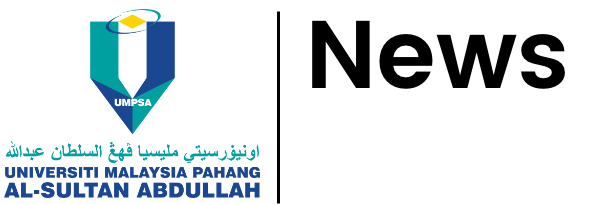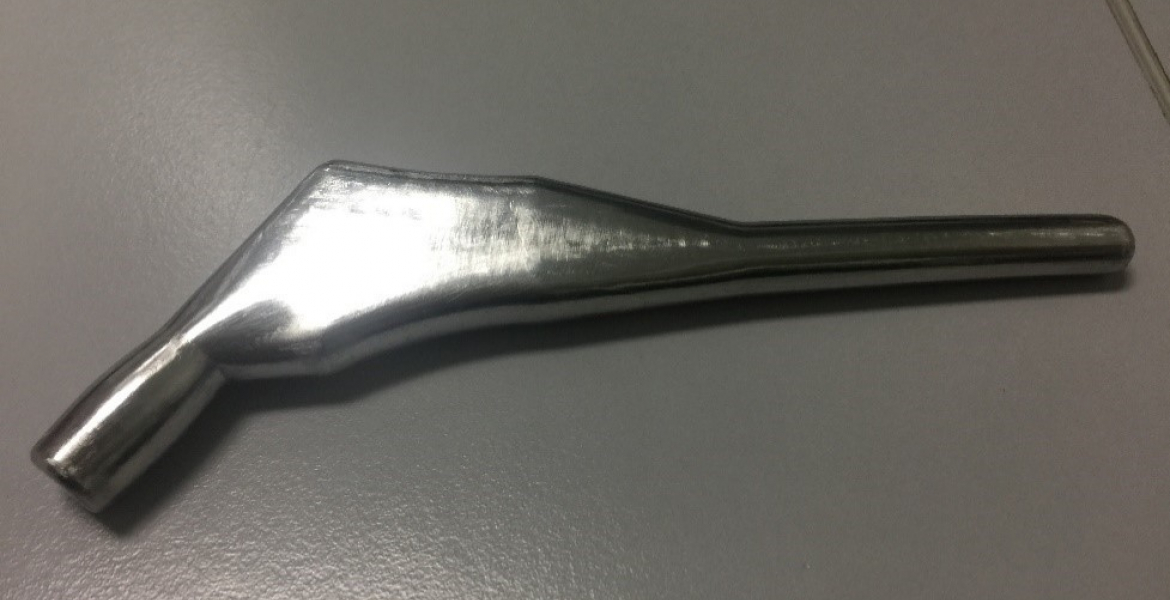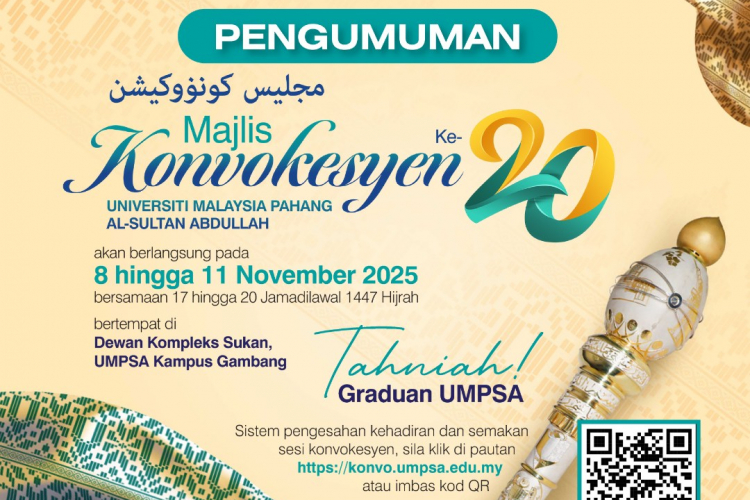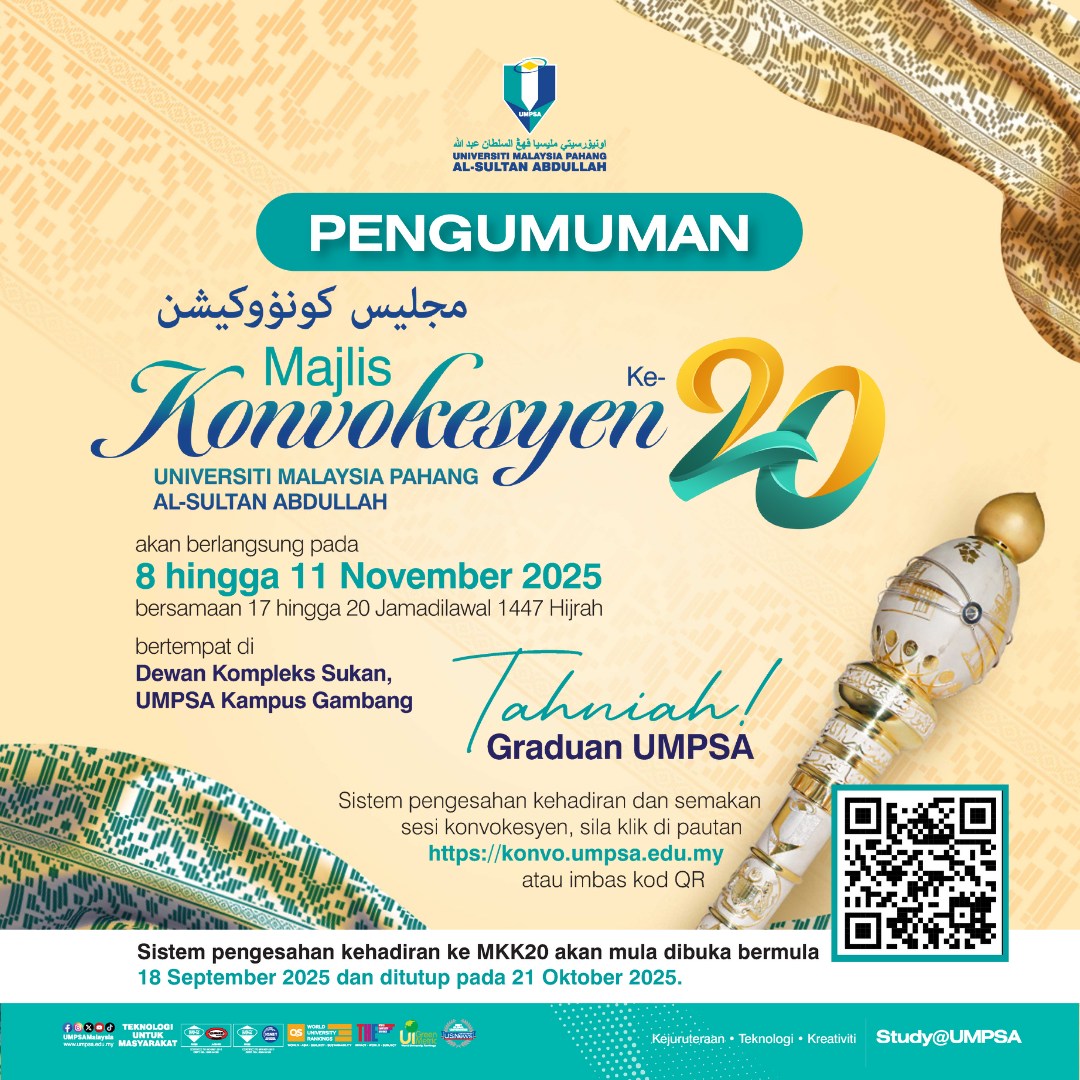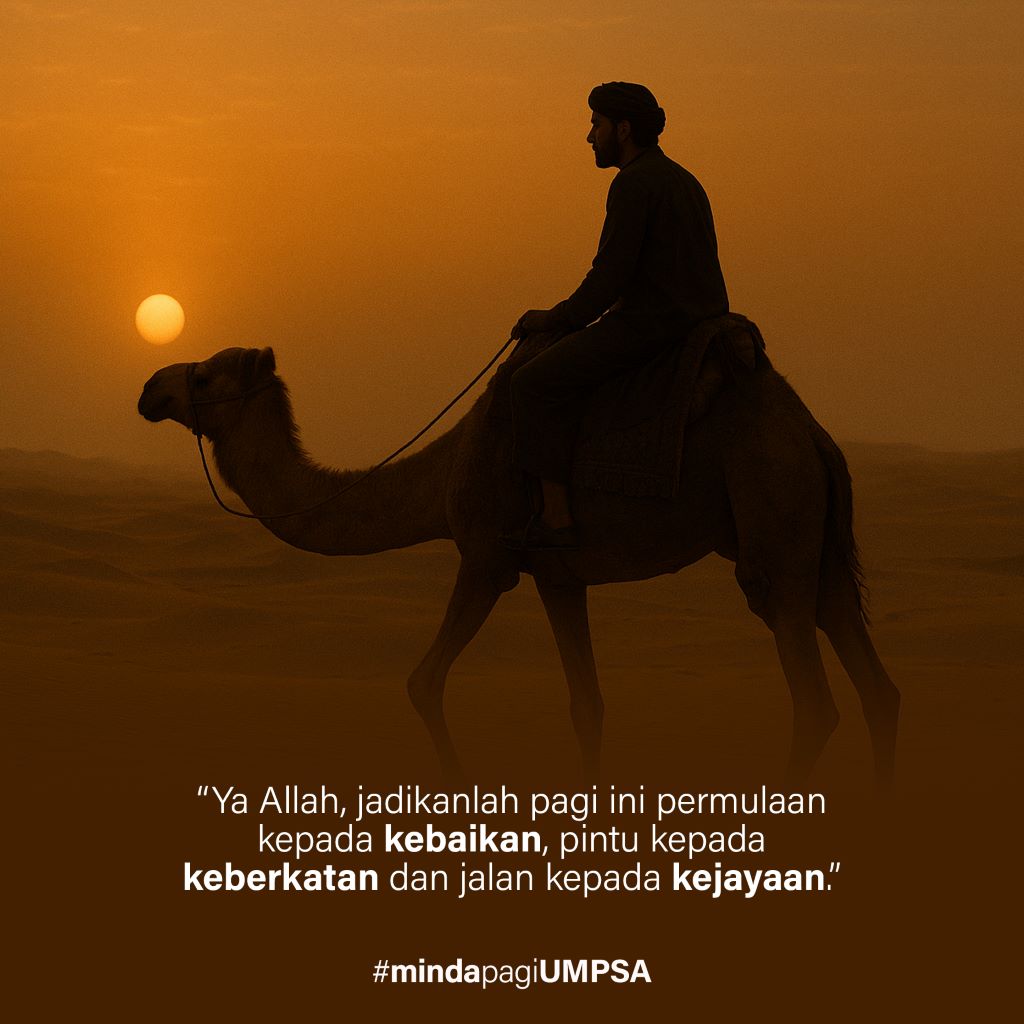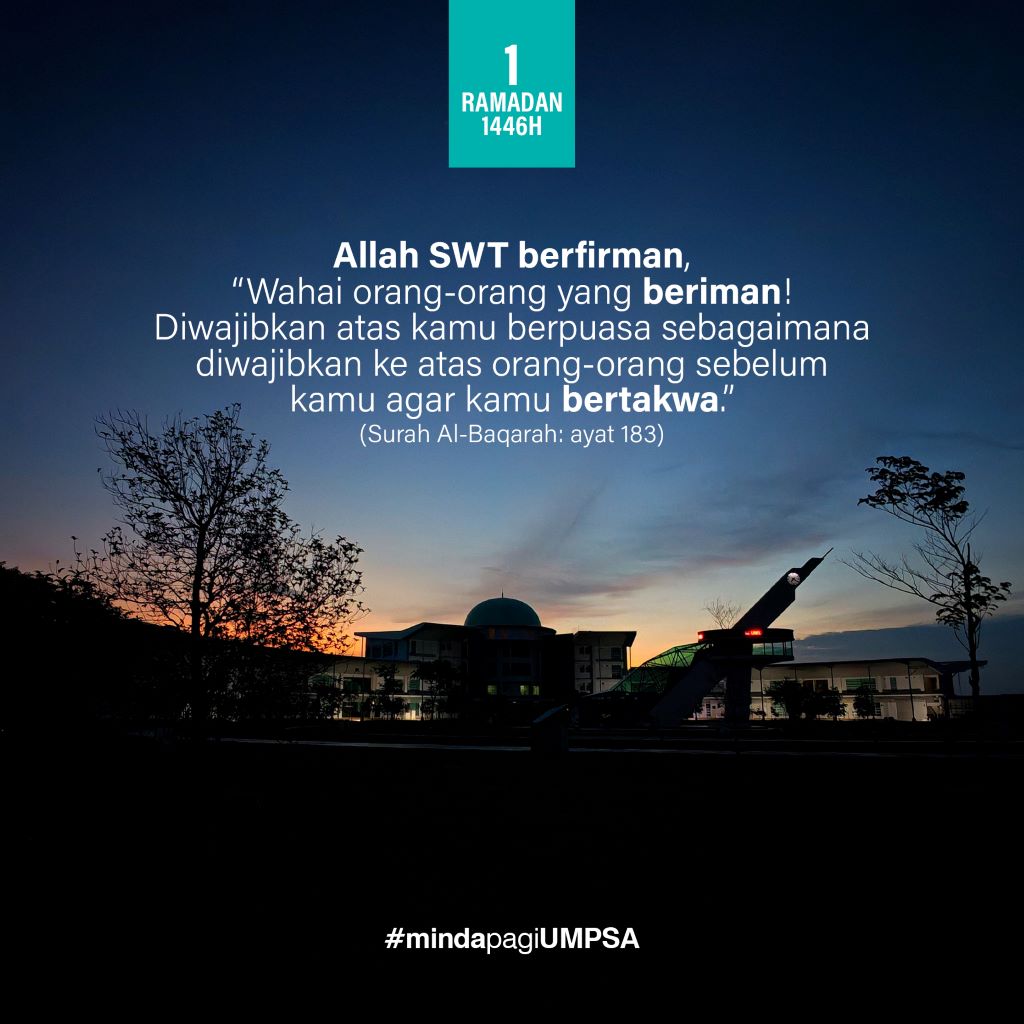A Global Outreach by two Malaysians: Success Story Unveiled
Universiti Malaysia Pahang (UMP) received the Qatar National Research Fund (QNRF) worth RM350,000 from a total of RM3.2 million in 2016 by Associate Professor Ts. Ir. Dr. Kumaran Kadirgama and Associate Professor Ts. Ir. Dr. Wan Sharuzi Wan Harun. The grant is a collaboration with Qatar University, Hamad Medical Corporation, and Rutgers University. The achievement of the project shows that Universiti Malaysia Pahang can compete with other universities in the world.
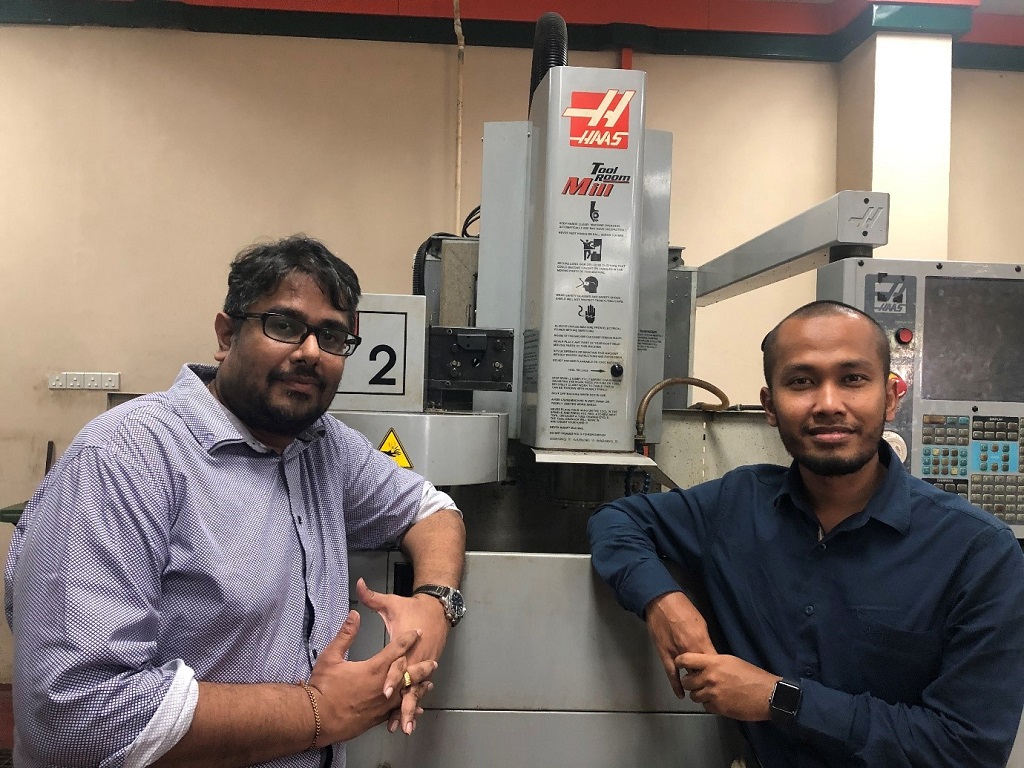
The project covers the hip replacement procedure. Hip joint failure is a common problem due to degenerative diseases such as osteoporosis and osteoarthritis. Obesity is one of the factors that leads to osteoarthritis. At times, hip failure is due to accidents either related to sports or motor vehicles. Approximately 1.6 million hip fractures occur worldwide each year; by 2050, this number could reach between 4.5 and 6.3 million. Fortunately, total hip arthroplasty (THA) is an orthopaedic procedure available to reduce pain and restore the functionality of the hip joints. THA has been successfully implemented for the last 30 years. However, after more than 30 years of design and implementation, the femoral stem’s premature loosening still occurs due to the stress shielding of the periprosthetic femur. This causes some patients to undergo THA a second time, which can be an excruciating experience.
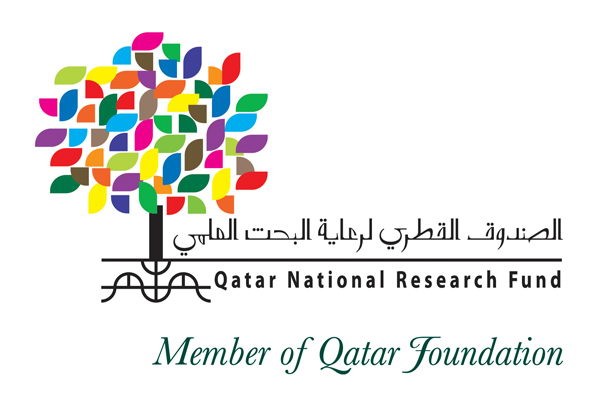
THA is a standard hip replacement procedure. Due to the mismatch of material stiffness between the bone and implant, the implant’s loosening is possible, and many patients had to redo the surgery because of the excruciating pains. As such, the hip femoral stem’s novel material design is needed to reduce the mismatching of material stiffness. The solution is by using additive manufacturing, namely direct metal laser sintering (DMLS). Besides this, DMLS will allow the surgeon to customise the hip femoral implant based on the patient’s anatomical data/measurements. The current achievement (proof of concept level) has shown that porous stems are potential candidates for customised implants with better stress shielding reduction. The project is still at a technology readiness level (TRL) of 2–3, proof of concept. More research work is required to achieve TRL 7–8. It will be possible to conduct a comprehensive analysis of cost, time, and energy savings at this junction.
The project is a combination of engineering and engineering technology. Two main elements are needed in this project to design the femoral stems with additive manufacturing. One element is needed for theory, and another is the skill of additive manufacturing. This is an excellent example of the importance of engineering technology. The combination of skill and theory is essential for current engineers. The journey of the succession of this project comprises good planning, management, and teamwork. The learning process from the grant can be divided into three main factors, which are teamwork, sacrifice, and project management.
Teamwork
Great teamwork is needed, especially with people from different backgrounds in terms of ethics, working culture, and thinking pattern. Teamwork needs to be developed with local grants first. Collaboration is an essential asset to the success of a project. Even though the time zone is significantly different, the dedication of the team members can overcome this problem. The learning of different cultures of people is essential, where we can understand other people’s backgrounds. It is interesting when we know about other working and thinking cultures. It is not only the success of the project but the skills that we are going to develop as time goes on.
Sacrifice
Without any sacrifice, there is no great success. Many sacrifices have to be made to get the success of the grant. The main sacrifice is time. We need to work as planned to achieve all the milestones. The results of the project need to be updated on time so that other party can do their experimental work.
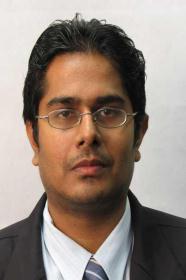
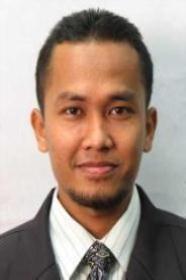
The writers are Senior Lectures at the Faculty Of Mechanical and Automotive Engineering Technology, Universiti Malaysia Pahang (UMP).
By: Associate Professor Ts. Ir. Dr. Kumaran Kadirgama and Associate Professor Ts. Ir. Dr. Wan Sharuzi Wan Harun
e-mail: kumaran@ump.edu.my and sharuzi@ump.edu.my
- 390 views
